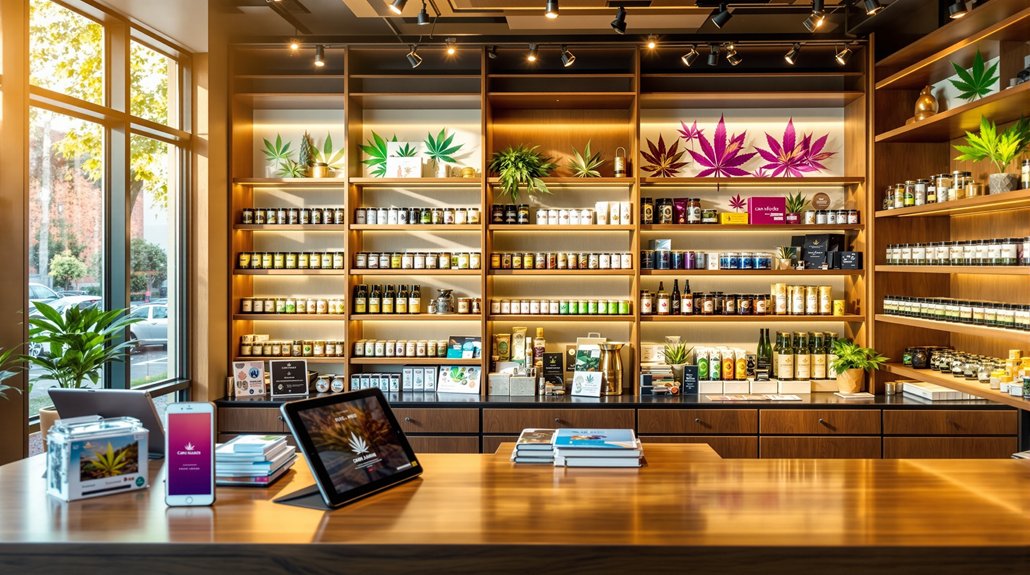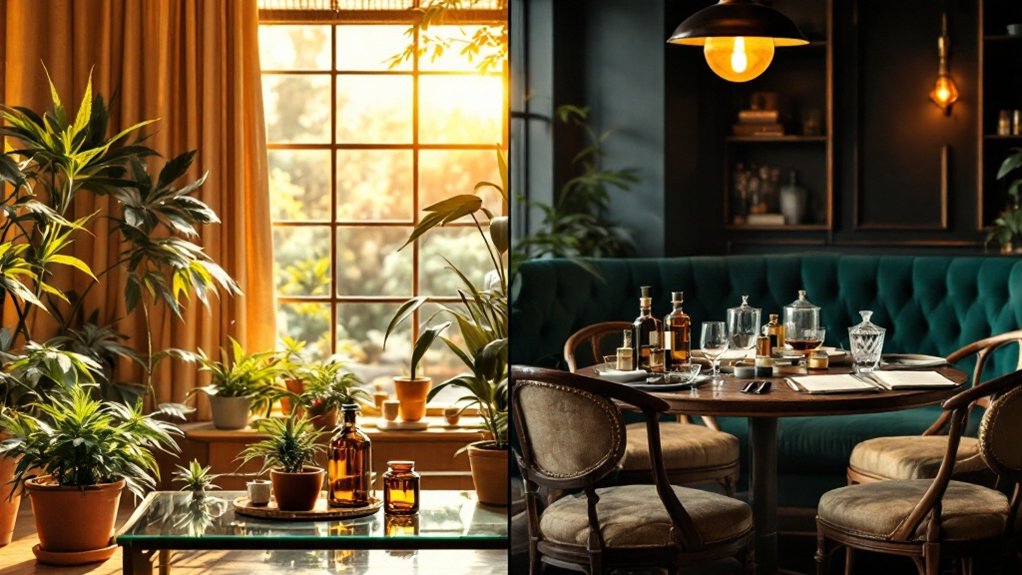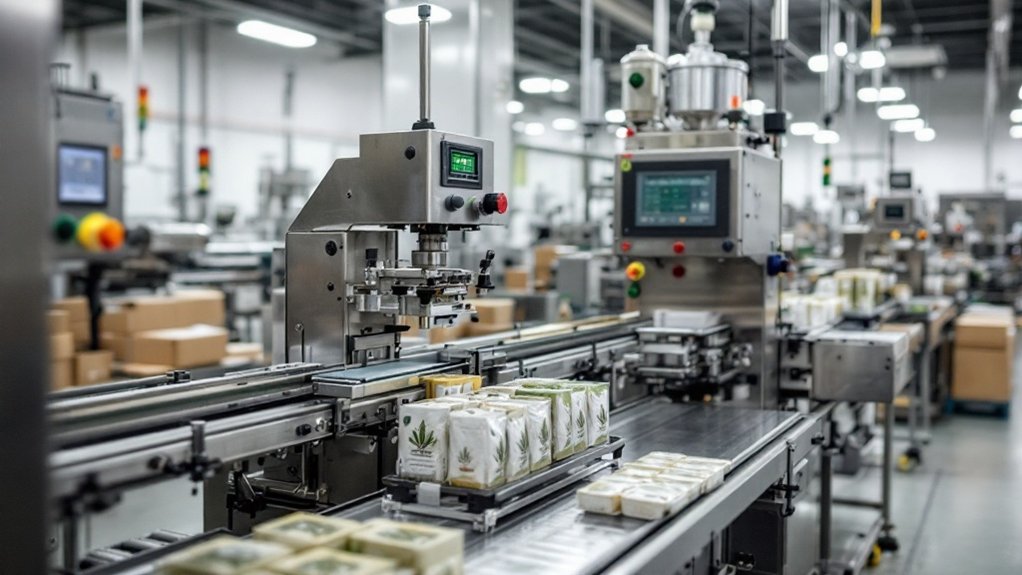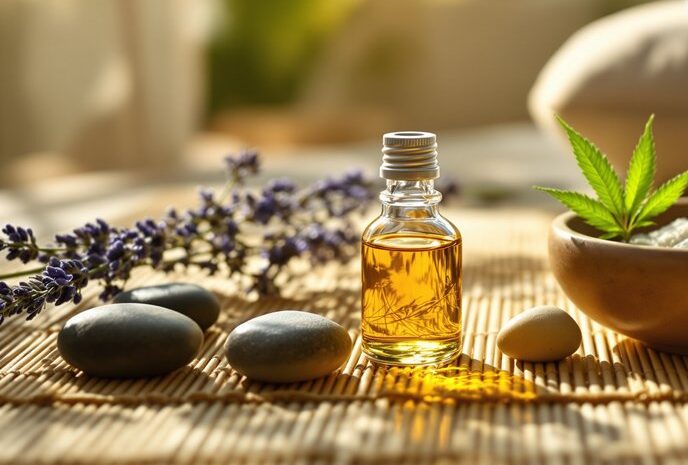Cannabis tourism has evolved from underground adventures into a sophisticated travel sector worth billions annually. Modern cannabis tourists navigate complex legal landscapes spanning Amsterdam’s historic coffee shops to Colorado’s regulated dispensaries, each destination demanding distinct etiquette protocols. The sophisticated traveler must master possession limits, consumption zones, and cultural nuances while avoiding the classic tourist blunders that mark amateur visitors. These unwritten rules separate seasoned cannabis travelers from their conspicuous counterparts and breaking them carries consequences beyond embarrassment.
Understanding Legal Boundaries and Compliance Requirements Across Destinations
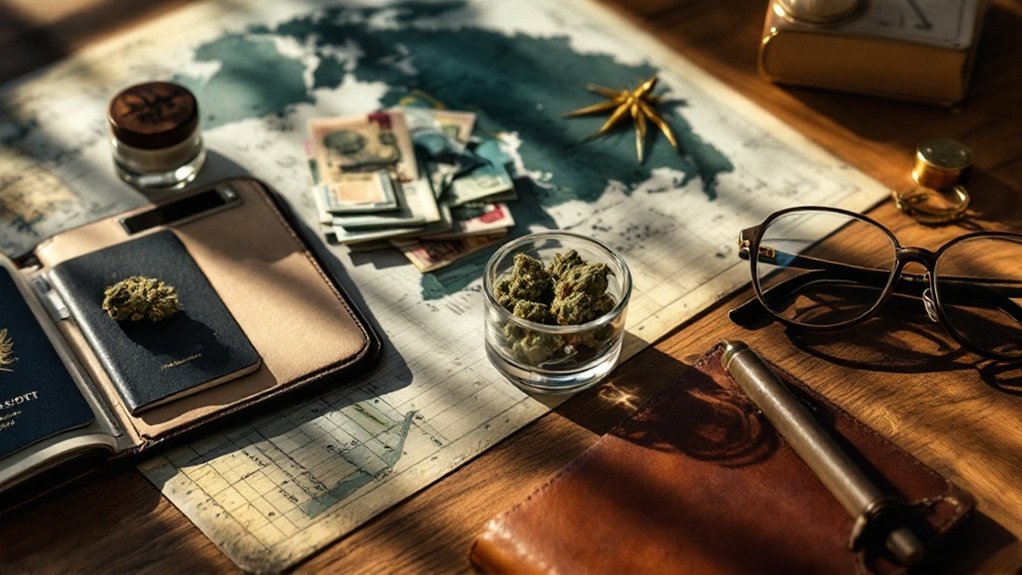
Where exactly can cannabis tourists legally light up without landing in legal hot water? The global patchwork of cannabis laws creates a complex navigation challenge for travelers.
Canada, Germany, Malta, and Uruguay lead the recreational pack, while 24 U.S. states welcome visitors aged 21 and older. However, federal prohibition still looms over American cannabis tourism.
Possession limits vary dramatically between destinations. Canada permits 30 grams, while Malta restricts tourists to just 7 grams. The Netherlands tolerates 5 grams, despite its famously relaxed coffee shop culture.
Portugal decriminalized 25 grams for personal use.
Residency requirements add another wrinkle. Uruguay restricts purchases to residents only, while Spain and Malta require cannabis club memberships. Belgium permits personal possession of up to 3 grams for adults, though public smoking is discouraged.
Thailand’s medical cannabis program allows adults over 20 to possess and cultivate marijuana, though public consumption remains strictly prohibited across the country.
Public consumption remains largely prohibited worldwide, confining legal use to private spaces or designated venues.
Navigating Social Expectations and Community Standards for Discrete Consumption
Beyond legal compliance lies a more nuanced challenge that cannabis tourists often underestimate: reading the social temperature of their destination.
What’s legally permissible doesn’t automatically translate to social acceptability, a lesson many visitors learn the hard way.
Discretion remains king in most cannabis-friendly locales. Portable vaporizers and edibles offer lower-profile alternatives to traditional smoking, particularly in mixed company settings.
Even in legal cannabis destinations, maintaining a low profile through vaporizers and edibles shows respect for mixed social settings.
Odor control becomes paramount; strong cannabis scents cling stubbornly to clothing and surroundings, potentially creating uncomfortable situations in restaurants or cultural venues. Avoiding strong scents or flavors prior to cannabis tastings or tours allows for a more authentic experience of terpenes and flavors.
Permission protocols still apply universally. Even in legal jurisdictions, consuming in rental properties or someone else’s space requires explicit approval.
Non-users’ comfort takes precedence, a fundamental principle that separates respectful tourists from inconsiderate ones.
Strategic positioning downwind and proper ventilation demonstrate cultural awareness that locals appreciate. Understanding your personal limits helps ensure pleasant experiences while maintaining the respectful image that responsible cannabis tourism requires.
Honoring Cultural Traditions and Avoiding Appropriation in Cannabis Communities

While legal frameworks govern what tourists can consume, cultural sensitivity determines how they should engage with cannabis communities that have centuries-old relationships with the plant.
Traditional preparations like bhang lassi in India or ceremonial use in Rastafarian communities carry deep spiritual significance beyond recreational consumption. Western commodification frequently strips these practices of their sacred meaning, reducing ancient rituals to commercial novelties.
Appropriation becomes problematic when brands adopt culturally specific names or imagery without authentic connection or community consent. The “La Chingona” cannabis brand controversy exemplifies how misrepresentation can exploit formerly colonized communities’ heritage. When consumers discovered the brand’s fictional origins, public outcry led to boycotts and ultimately forced the company to shut down.
Responsible engagement requires establishing relationships with local guides and community elders rather than extractive outsider-driven models. Cultural appropriation allows brands to profit while marginalized groups suffer from systemic economic disadvantages that have persisted for generations.
Educational sessions on local cannabis history, medicinal uses, and cultural significance help tourists understand regional traditions. Supporting community-led businesses guarantees benefits remain within source cultures.
Essential Safety Protocols and Professional Purchasing Guidelines for Tourists
Cultural respect and safety protocols work hand in hand when tourists navigate legal cannabis markets. Smart travelers research destination laws before departure, as possession limits vary dramatically between jurisdictions. Most states cap adult possession at one ounce of flower, but local variations exist.
Licensed dispensaries represent the only legal purchasing option. These establishments require government-issued photo identification and maintain strict daily purchase limits. Tourists must retain original packaging and receipts as proof of legal acquisition. Product labels display essential dosage information and third-party test results. First-time users should understand that edible effects take up to two hours to manifest compared to smoking methods.
Storage demands attention to detail. Secure, locked containers prevent open container violations while odor-proof packaging maintains discretion. Medical marijuana patients should carry proper documentation to verify their legal status when traveling between states. Travelers should remember that crossing state lines with cannabis remains federally illegal regardless of individual state laws.
Federal jurisdiction governs airports completely, TSA prohibits cannabis on flights regardless of state laws. Smart tourists consume only in designated private areas, never in vehicles or public spaces.
Maximizing Wellness Experiences and Educational Opportunities in Cannabis Travel
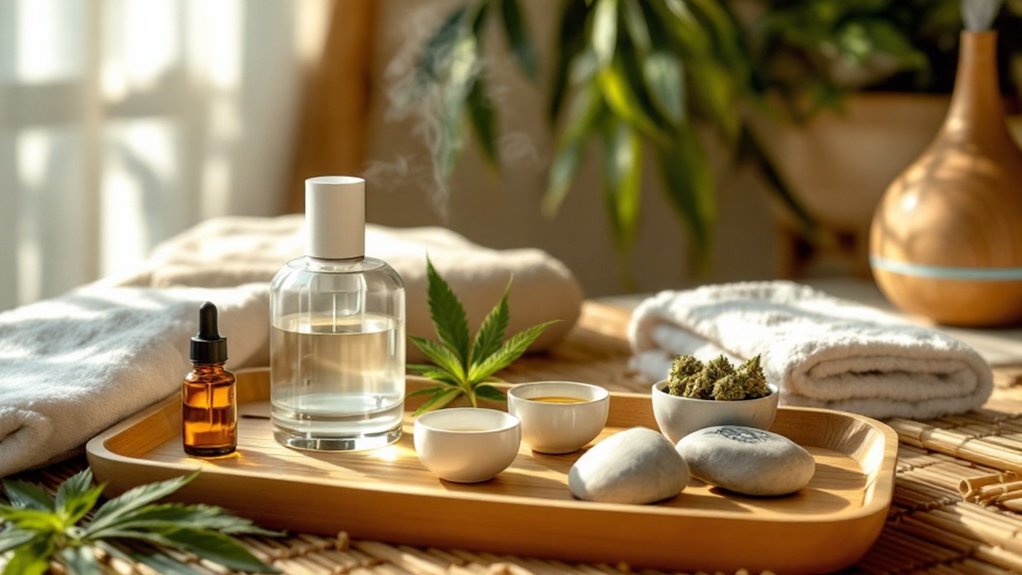
As legal cannabis markets mature, tourism destinations increasingly pivot toward wellness-focused experiences that blend therapeutic benefits with educational immersion.
Modern cannabis destinations are redefining travel by merging holistic wellness with immersive learning experiences for conscious consumers.
Cannabis spas now offer infused massage therapies alongside meditation sessions, while specialized retreats combine plant-based healing with mindful consumption workshops. These programs attract both newcomers and seasoned enthusiasts across diverse demographics.
Educational components have evolved beyond basic dispensary visits. Seed-to-sale facility tours reveal cultivation secrets and sustainable farming practices.
Cannabis cooking classes teach safe infusion methods and dosing fundamentals. Hands-on activities include crafting personalized products and participating in budtender-led tastings. Hotels strategically positioned near dispensaries capture the highest tourism revenues due to convenient access for cannabis-seeking travelers.
The economic impact proves substantial. Cannabis tourism markets project $23.7 billion by 2030, with destinations reporting hotel revenue increases up to 25.2%.
Boutique “bud and breakfasts” and luxury hotels now feature designated consumption spaces, transforming hospitality infrastructure. Many visitors gain valuable insights into precise dosing requirements that vary significantly between edible products and smoking methods. Successful destinations establish specific KPIs to measure cannabis tourism’s unique contributions to their visitor economy and demonstrate community value.


